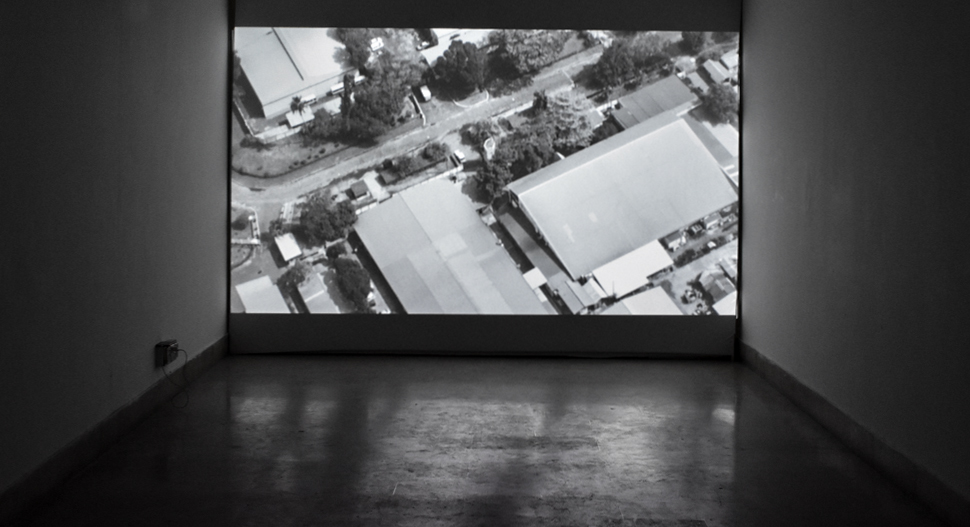Jesper Nordahl
Born in 1969 in Stockholm (Sweden)
Lives and works in Stockholm (Sweden)
Jesper Nordahl graduated from the Royal Institute of Art in Stockholm in 2000 and completed the Whitney Independent Study Program in New York in 2007. His artistic practice addresses social, political and gender related issues. His works, which are mostly collaborative and context-based, reposition the artist as an agent and/or researcher who invents forms that constantly renegotiate art as a critical project. He uses not only video and sound, but a variety of media—such as photography, painting, text and public interventions -- to explore issues of art, image, representation and knowledge production. His works have been shown internationally, including exhibitions at Museum of Fine Arts (Galerija Umjetnina), Split; Shedhalle, Zurich; Artists Space, New York; Index, Stockholm; Moderna Museet, Stockholm; Grazer Kunstverein, Graz; Kunstlerhaus Bethanien, Berlin; Colombo Art Biennale, Colombo; and Dolores at EDB Projects, Amsterdam. He has also taken part in artist residencies at the Iaspis studio at Kunstlerhaus Bethanien in Berlin, Theertha in Colombo, Nifca in Riga and at Iaspis in Stockholm.
Jesper Nordahl lived in Sri Lanka for two years as a teenager from 1982-1984, when his father worked at Skanska, which built the Kotmale dam, a controversial project both in Sweden and Sri Lanka, with funds from SIDA, the Swedish foreign aid agency. The video Katunayake Free Trade Zone, on view at KB17, is the most recent video in a series of projects that Nordahl has been working on in Sri Lanka from 2004 to the present. These works are based on collaborations with The Women’s Centre, which consists of women workers, the Free Trade Zones & General Services Employees Union, lawyers, academics and activists. They explore the politics of the Free Trade Zones and the Kotmale dam, which together with a series of other dams, were central parts of restructural policies initiated in Sri Lanka by the IMF and World Bank in the late 1970s.

Katunayake Free Trade Zone, 2015.
Black and white HD-video as projection, no sound, 15 min.
Courtesy the artist

